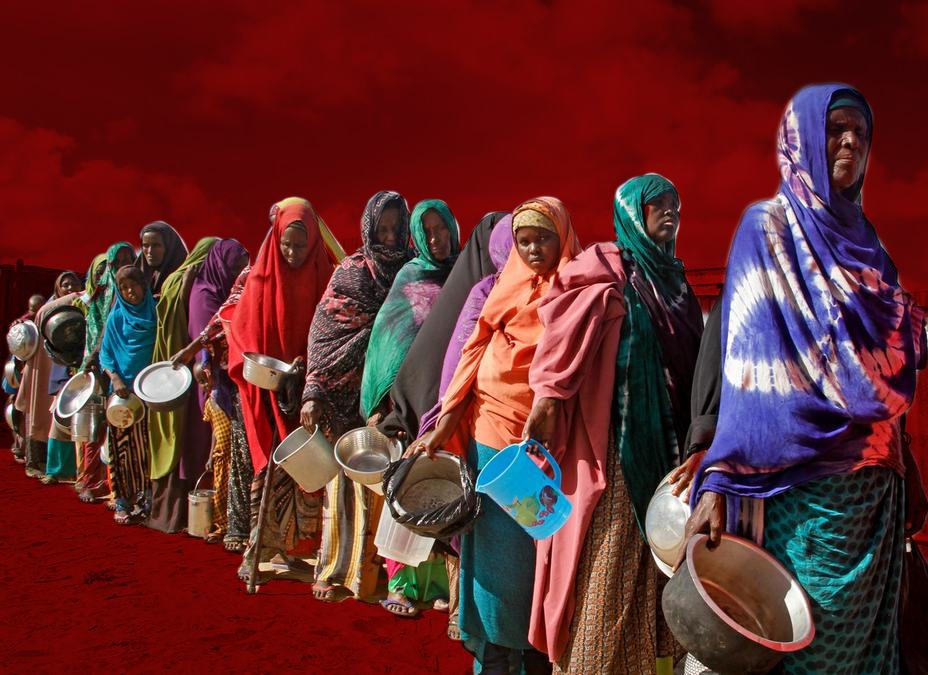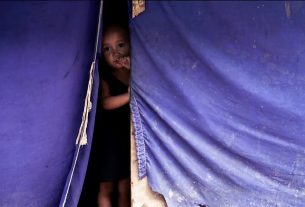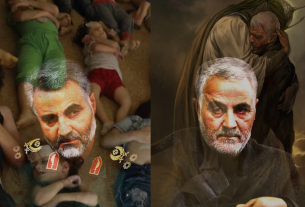Sun 04 August 2019:
Once again, a not-so-unpredictable crisis is unfolding in the three Horn of Africa countries of Kenya, Somalia and Ethiopia.
The humanitarian agency Oxfam is reporting that as of June 2019, some 15.3 million were in need of assistance, primarily food and other essential needs.
Crucially, more than a third of these people (5.8 million), were displaced, reflecting the impact of political instability on the region.
For whatever reason, the worst of the crisis is in Ethiopia, which accounts for more than half of those in need of aid, followed by Somalia with 5.4 million, and Kenya with 1.6 million.
Ethiopia, again, accounts for half of the people facing acute food stress and a fifth of internally displaced people. It is nothing new, really.
In 2011, some 260,000 people succumbed to hunger in Somalia as a result of a famine that was also felt in Kenya and Tanzania. The sense of failure and lessons learnt from that episode would help to avert a similar outcome in 2017, when the global community prepared early and mobilised the resources that averted famine.
However, 2019 is not so promising. Despite the number of people requiring assistance being 56 per cent higher than 2011, the response has been sluggish, with only 35 per cent of the $2.39 billion required for response plan in Ethiopia and Somalia being funded. Kenya is yet to come up with a response plan.
Oxfam blames the lackadaisical response to the funding call on waning or absent political will, but with the crises around the world, new emergencies are bound to convey a higher sense of urgency.
The conduct of host governments, which are more likely to try to stay in denial until the problem can no longer be concealed, is not exactly the kind of behaviour that inspires empathy.
It may be politically convenient to dismiss Oxfam’s alert as the work of an organisation that survives on humanitarian crises. But that would not change the fact that this type of event has become almost cyclic and the causes fairly predictable.
Oxfam and other climate watch agencies such as FewsNet warned about the unfolding crisis months ago, but the alerts did not elicit a robust response.
Variable climate is a phenomenon well known to governments, but the commercialisation of food shortages creates incentives for the problem to gain crisis proportions.
Looking at hunger through the traditional frame of drought and famine misses a crucial point. It is time that this seemingly intractable problem is looked as a crisis of governance and addressed as such if durable solutions are to be found.
It is no coincidence that the impact of drought is most pronounced in those countries that are also witnessing conflict. Ethiopia and Somalia, which will bear the brunt of this year’s drought, also have the highest number of internally displaced people, between then accounting for 5.6 million of the 5.8 million people who are internally displaced in the Horn.
The outlook for the remainder of the year is negative, with FewsNet predicting worsening dry conditions. Yet displaced communities will not be able to produce food, even if the dry conditions abate, because they will not have access to their farmlands. That requires the conditions that led to their displacement to be first addressed.
–By The EastAfrican
The statements, views and opinions expressed in this column are solely those of the author and do not necessarily represent those of Independent Press.





